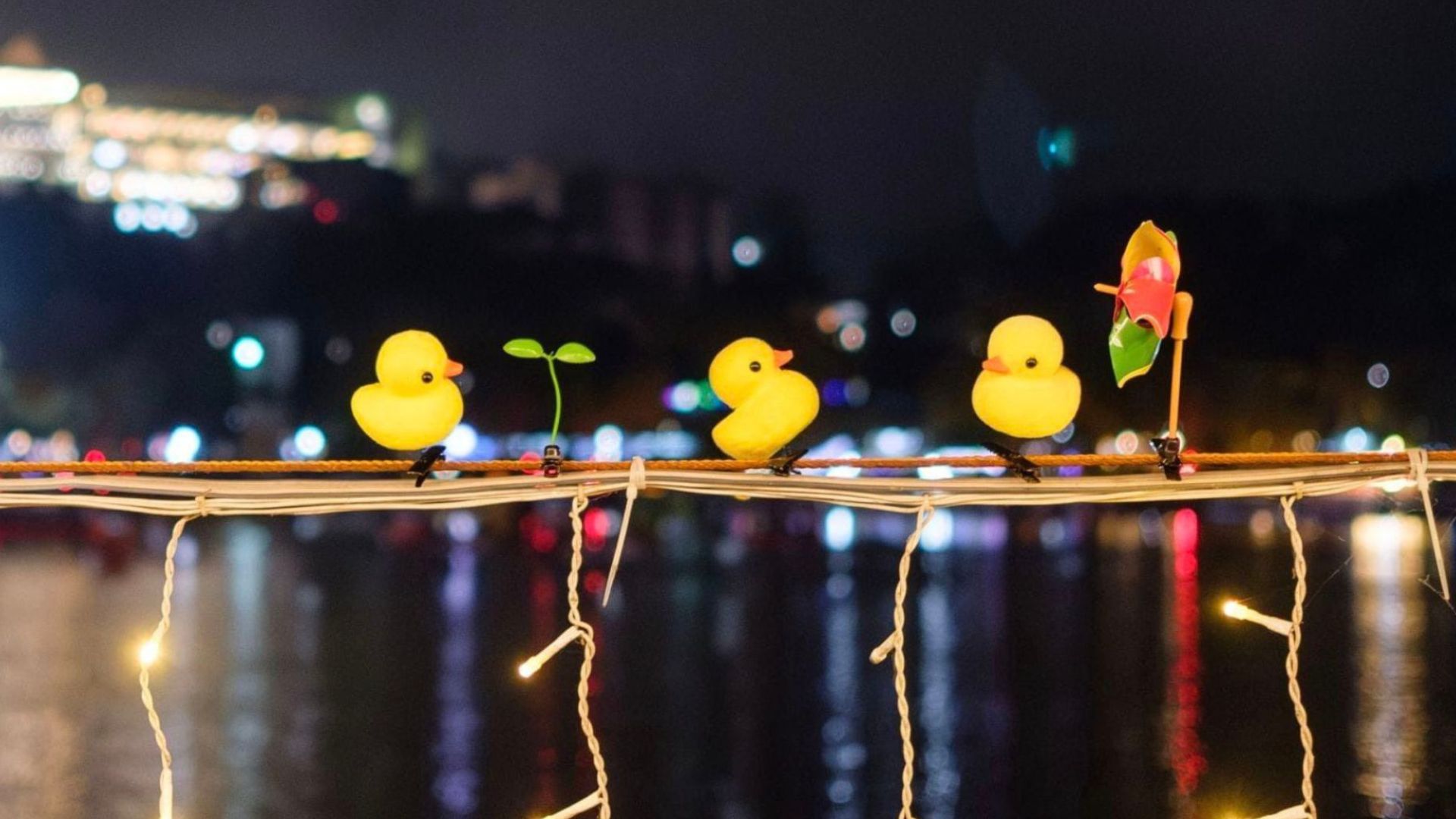Have you wandered through the streets recently and spotted strangers sporting yellow rubber duckies on top of their heads? If you’re curious about this thing, you’re not alone because these duck hair clips have emerged as the latest, and possibly most unexpected, fashion craze, catching everyone by surprise.
Let’s trace its origin
Rubber duckie hair clips, which first became popular in Baguio streets, have gained popularity and are now seen on the heads of adults, teens, and even children during special occasions. This seemingly innocent fashion statement is more than simply a trend; it has an unexpected historical origin dating back to the 1800s.
As we dug deep into our research, we found that after vulcanized rubber was invented in the 1800s, rubber duckies were created. They started out as chew toys for babies and pets, but they soon established themselves as popular bath-time entertainment.
The Walt Disney Company and a rubber manufacturer worked together to create a bath float toy in the 1930s that carried the names of two of their most widely recognized characters, Donald and Donna. However, the yellow rubber duckie as we know it today was made famous by artist Peter Ganine, who in 1947 developed a toy in the shape of a duck made of vinyl that soon became a worldwide phenomenon.
This yellow toy gained widespread popularity when Ernie, a character from the children’s TV show Sesame Street, sang the famous song “Rubber Duckie,” turning it into one of childhood-favorite bathtub songs. Since then, the yellow rubber duckie has become a common sight in bathrooms and is most adored by children.
And what about the hair clips?
Fast forward to the 21st century, and the rubber duckie has taken on a new form of expression in the Philippines. While the precise origin of the rubber duckie hair clip trend is somewhat elusive, many sources point to an anime cosplay convention held in Baguio City around August or October 2023. Attendees at the convention were spotted with hair clips featuring duck or sprout designs, igniting a spark that would soon set the trend ablaze.
Earlier in February, rubber duckies made their comeback during the Chinese New Year celebrations in Binondo and Divisoria, bringing the trend to the forefront as tourists and day-trippers proudly flaunted their yellow duck hairpieces. The widespread appeal of these accessories lies in their undeniable cuteness. Harmless, affordable, and easy to acquire, rubber duckie hair clips offer a simple yet effective way for individuals, especially youth, to inject a touch of playfulness into their everyday attire.
The rubber duckie, since it has become a craze, never fails to win people over and bring a fun twist to regular clothes. Whatever it is, a fad that will die off at some point will, however, be an interesting subject for social and cultural studies.







